Few things appear more cute and cuddly than a bear cub. Black, brown, giant panda, and polar bear cubs are all adorable, which is why we often shudder to think of the fate of some of these young bears.
A bear’s life is notoriously difficult, and cub mortality rates can vary from 25-50% or more. The death rates among cubs vary depending on the species, location, food availability, presence of predators, and a host of other factors. However, one cause of cub mortality is particularly chilling: bear infanticide.
Adult bears, often males, sometimes kill young bear cubs. While some are rarer than others, this type of infanticide has been observed in each of the bear species listed above. When humans observe this grisly behavior, it naturally leads to one question: why? Why do mature bears attack and kill cubs?
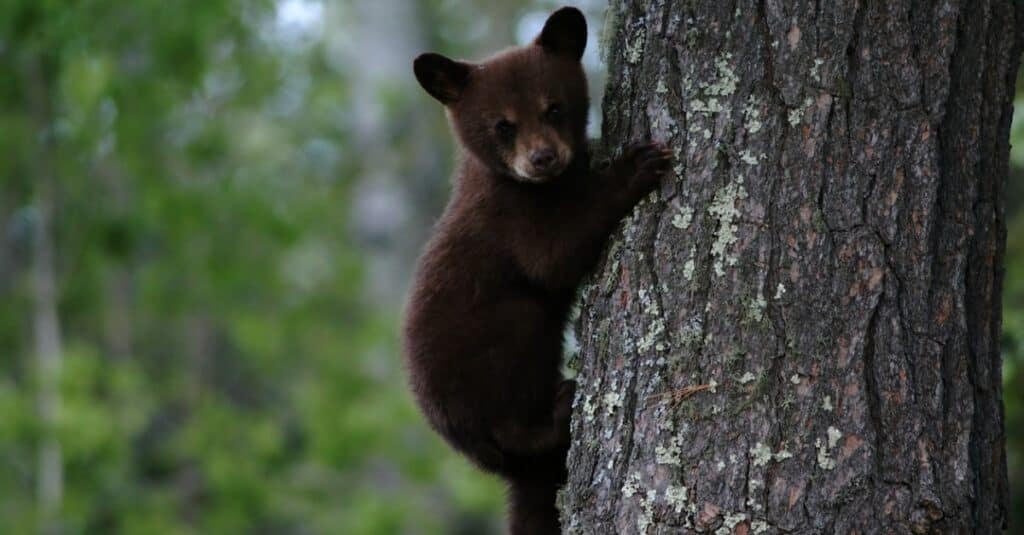
It is difficult to think about mature bears killing cubs, but it is part of the natural world.
©iStock.com/EEI_Tony
The short answer is that we don’t know for sure. Several theories attempt to explain this infanticidal behavior, but each of these arguments has its own flaws and shortcomings. Here is a look at some of the most widely speculated reasons that adult bears attack cubs.
1. Mating
One of the most widely accepted theories to explain why an adult bear would kill a cub is known as Sexually Selective Infanticide (SSI). The theory states that if a boar (male bear) kills a cub, the death of the cub will trigger a response in the mother’s body, causing her to be receptive to the boar’s mating advances.
Sows (female bears) enter lactational anestrus when they have dependent cubs. This means that a sow will not go into estrus (heat) and will not be receptive to mating while they are nursing. When a cub is eliminated, the sow will stop lactating. If the cub is lost early enough in the mating season, the sow may enter estrus again. This will allow the infanticidal boar to sire his own progeny with the sow.
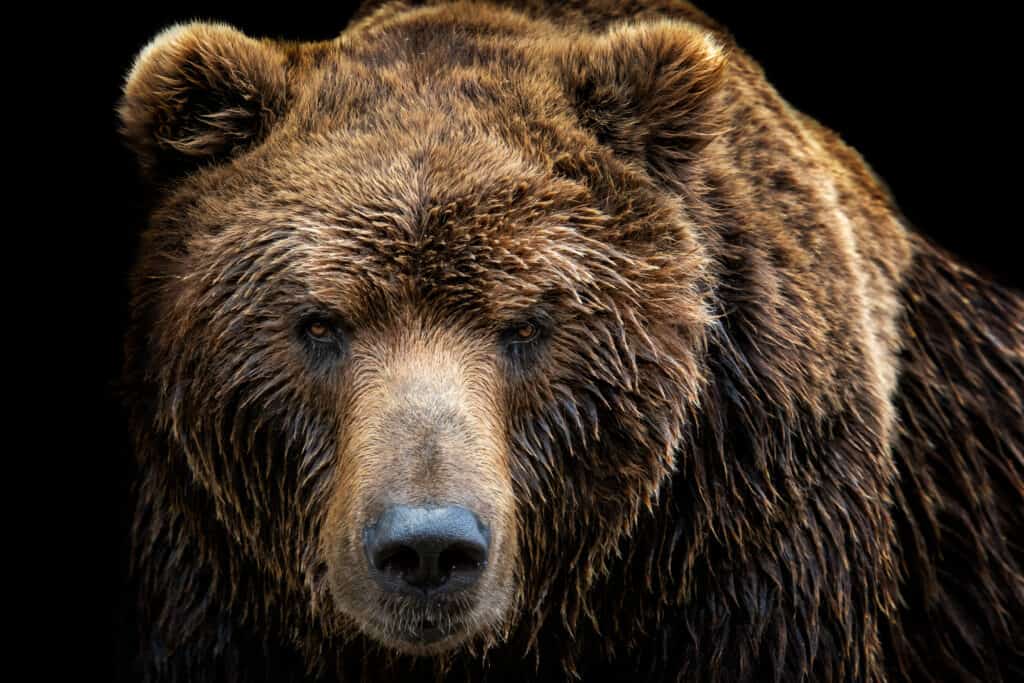
A common theory is that the insatiable drive to mate can motivate male bears to kill cubs.
©Lubos Chlubny/Shutterstock.com
While this theory is a popular explanation for bear infanticide, it has multiple problems.
First of all, bears are not monogamous animals. Far from it. If a sow is in estrus and receptive to mating, she may mate with several males, especially in areas with a dense bear population. There is no guarantee that the male who killed her cub will sire offspring with the sow. He may not even have a chance to mate with her at all if a more dominant male appears on the scene and runs him off.
Secondly, bear infanticide has been documented outside of the mating season. SSI clearly cannot be the reason why a bear kills a cub in these instances.
Thirdly, while males are often the culprits, that is not always the case. Some female bears will kill the cubs of other sows. Those bears are obviously motivated by something other than a drive to sire offspring.
Mother Bears Killing Their Cubs
There are even documented cases of a mother bear killing her own cubs. This type of infanticide seems especially heinous to our human sensibilities.
For example, a mother polar bear killed four of her own cubs in a two-year span at the Toronto Zoo. Some blame the zoo, claiming that, due to the stresses of living in captivity, the bear reacted differently than she would have in the wild. However, this phenomenon, while rare, has also been observed in several species of wild bears, including polar bears.
Animal experts have devised theories as to why a mother bear would kill her own cubs. Some suggest that it is a way to adjust the size of the litter, bringing it down to a number that the mother can handle. Others suggest the mother may kill her cubs so she can mate with a new male. Again, there are holes in these theories. A mother bear killing her own cubs really defies all explanations.
Dr. Graham Crawshaw, the Toronto Zoo’s senior veterinarian, offered what may be the most realistic answer to the grisly phenomenon. He said, “Some mothers just aren’t good (at being) mothers…It’s animals. Some animals do better than others. You can’t predict [how an individual animal will respond].”
2. Prey
A simpler explanation for bear infanticide is that mature bears target cubs as a food source. Diets vary among different ursid species. Polar bears are almost exclusively carnivorous. On the other hand, giant pandas are almost entirely herbivorous, with bamboo accounting for 99% of their diet. Black and brown bears are omnivores, eating both plants and protein.
Black and brown bears will certainly eat meat if given the chance, but they are not the most efficient predators in their ecosystems. Coyotes, wolves, mountain lions, and bobcats are much more efficient at capturing prey than bears. Much of the meat these bears consume is carrion. In the absence of carrion, munching on berries and insects is often preferable to attempting to chase down a meal. A defenseless cub, however, may represent easy prey for a hungry bear.
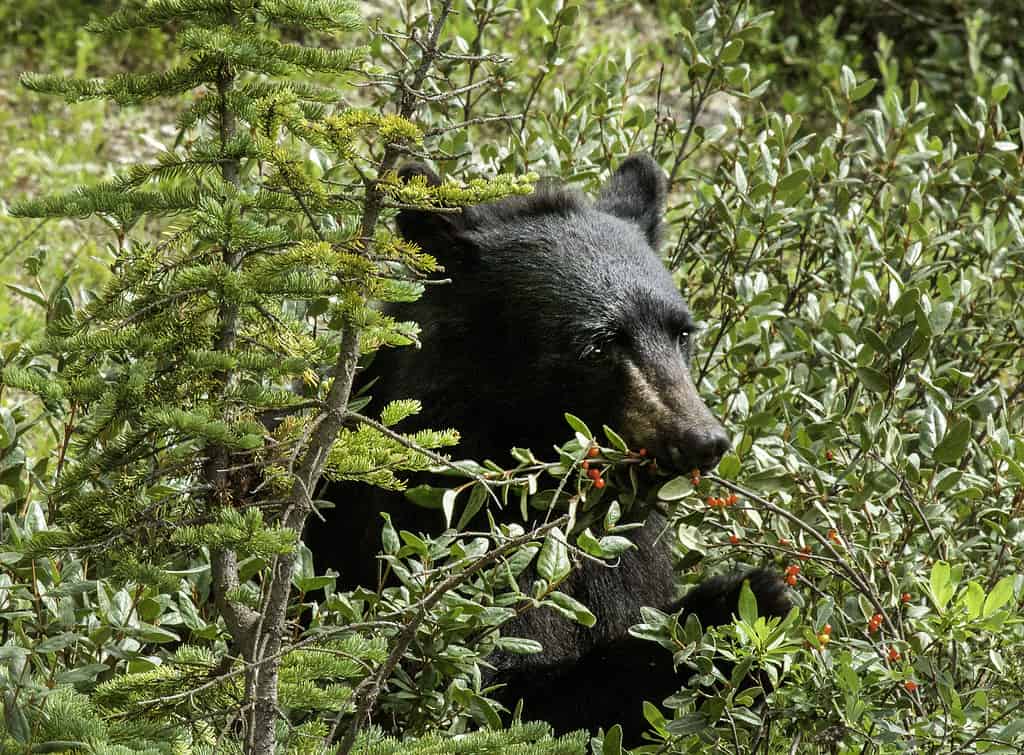
Black bears often opt for berries over chasing after prey.
©millermountainman/ via Getty Images
Hunger can motivate a bear to cannibalize a cub, and there are plenty of documented cases where an adult bear did indeed eat a cub that it killed. However, there are also instances where a bear killed a cub and never ate it. So, while this theory is almost certainly true in some cases, it is not true in every instance. It does not explain as to why a bear would kill a cub that it has no intention of eating.
3. Competition Elimination
A third theory that attempts to explain bear infanticide is competition elimination. As the theory goes, there are limited resources in a bear’s environment. More bears means more competition for those resources. Ergo, eliminating young defenseless bears is a relatively easy way to reduce future competition for those food and mating resources.
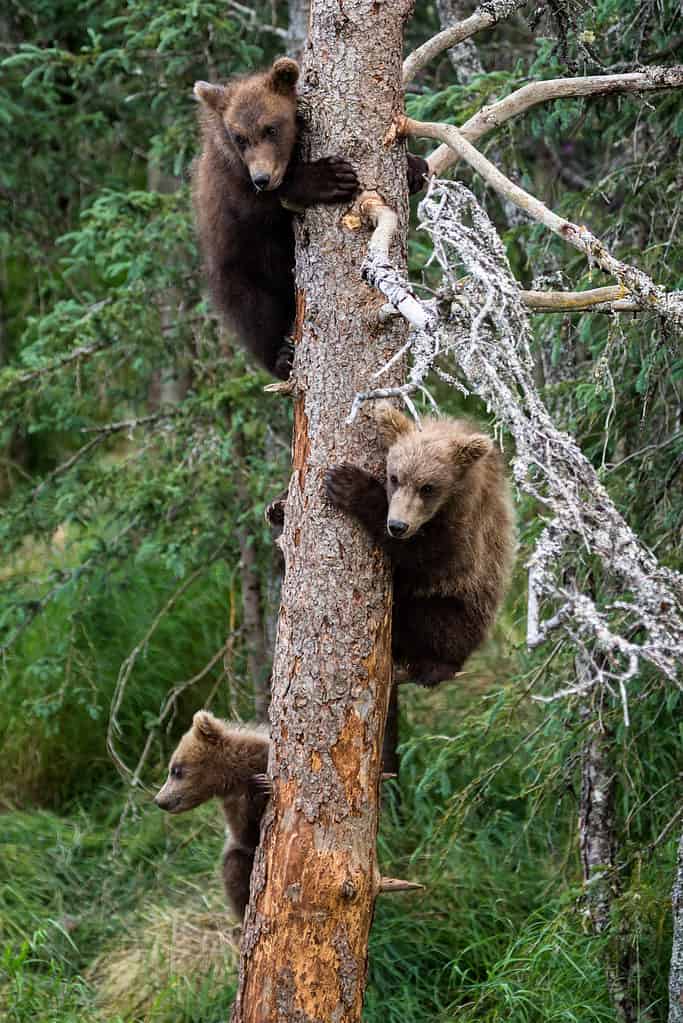
These grizzly cubs climbed a tree to escape a large male bear below.
©iStock.com/DCrane08
While this theory has its supporters, it is not perfect. Detractors of this idea suggest that, while bears are intelligent animals, this would require reasoning that is far too complex for these animals.
Infanticide in Other Animals
It must be noted that this is not a phenomenon that is restricted to bears. Infanticide within a species has been observed in a wide array of animals, including lions, monkeys, leopards, bottlenose dolphins, and even mice.
Like bears, the reasons for these infanticides vary and are not fully understood.
Nature’s Harsh Realities
Humans have always displayed a tendency to anthropomorphize animals. We often attribute human characteristics to our pets, for example. It’s typically harmless, even if it is erroneous.
However, we must be careful not to project moral or ethical judgments on wild animal behavior, even if we find a certain behavior particularly appalling. There is no religious, moral, or societal code that governs animal behavior. An animal’s natural behavior is amoral, even if humans find it unconscionable. In a sense, the behavior is absolutely unconscionable since that word means “not guided or controlled by conscience.” An animal does not have a conscience that guides its decisions or actions, meaning it always acts in unconscionable ways.
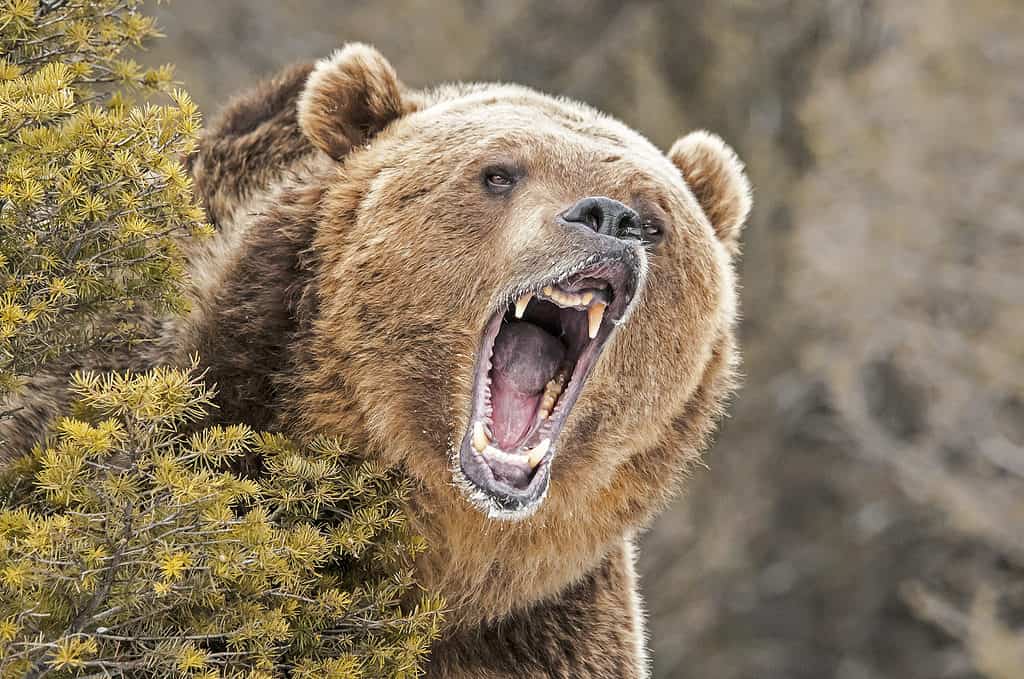
Bears live in the harsh but amoral natural world.
©Scott E Read/Shutterstock.com
Animal behavior is governed by instinct. Those instincts often betray human moral or ethical standards, but that does not mean the animal is evil. That type of anthropomorphized judgment incorrectly assumes that humans and animals live by the same moral codes.
As harsh and inexplicable as animal infanticide is, it is part of the natural world. Researchers will continue to grapple with the possible reasons behind the behavior, but a comprehensive understanding will probably continue to elude us.
As Dr. Crawshaw succinctly put it, “It’s animals.” These animals live in an amoral world that is difficult, if not impossible, for us to fully understand.
The photo featured at the top of this post is © Byrdyak/ via Getty Images
Thank you for reading! Have some feedback for us? Contact the AZ Animals editorial team.






